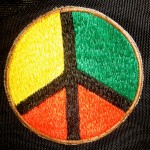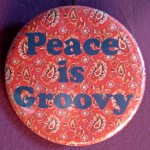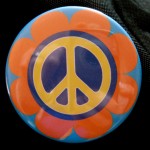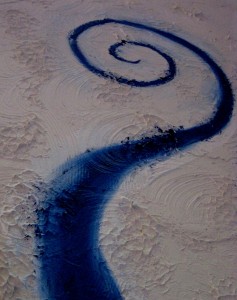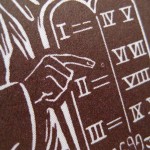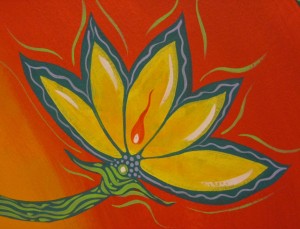
Person-in-situation is a phrase coined by one of Social Work’s greatest contributors, Florence Hollis, in her 1964 book Casework: A Psychosocial Theory. Person-in-situation captures the interconnected nature of reality. To know reality is to know the full mosaic of person-in-situation. Figure removed from ground cannot be known in entirety; the picture is incomplete. Deprived of context, we are clueless.
In recapitulation, we relive the full context of our experiences in situations from the past. Full context includes the experience of our physical body, as well as that of our energy body. Frequently, in traumatic experiences, these two bodies separate. While the physical body absorbs the physical sensations of an experience the energy body watches the experience from a detached vantage point, above and beyond the physical body. In addition to the physical and energy bodies, the emotions and cognitive perspectives of person-in-situation are critical components of the experience being recapitulated. Finally, all the characteristics of the environment in-situation, most especially the words and behaviors of all the characters in the experience, must be included to fully return to and fully relive a moment frozen in time.
Too often we remain stuck, unable to fully free ourselves from a frozen moment from the past because some component of the experience eludes our direct retrieval. That component remains present in our current lives—often symptomatically—either in the body or in a distorted belief or perception of self or reality, but its true meaning remains incomprehensible until we can place it in the mosaic of the past where it really belongs.
Carlos Castaneda suggested that we suspend judgment to deepen our experience and direct knowledge of reality. When we recapitulate it is often judgment that bars our full access to the truth. Judgments we make about ourselves, judgments we have internalized, block our full access to the truths of person-in-situation. Judgment holds us in check. If we deem ourselves bad or scandalous because of the actual experiences we have had, those experiences cannot be fully known and released. Instead, they become energetic powerhouses that emotionally and cognitively control our identity and freedom to be in the world.
In the 3-hour-long extended version of the movie Margaret, currently available only on DVD, a sixteen-year-old girl engages the attention of a bus driver who drives through a red light, hitting and killing a pedestrian in the cross walk. So begins a story of person-in-situation. As the movie progresses we must constantly ask ourselves: What is the true reality of this experience in-situation? Where does responsibility lie? What is the process of recovering all the fragments of an experience? What judgments preclude resolution of this traumatic event?

The release of this movie was delayed for four years because the director fought to deliver the full mosaic of the story. Modern sensibility allots 90 minutes as the maximum story time for consumption in the digital age. The trouble is, edited reality becomes just that, a quickly formatted, judged story that condenses and skips over the full mosaic of person-in-situation, i.e.: Reality.
In Margaret, we are treated to the challenge of finding resolution amidst a field of judgments. And just as in this movie, we too, in every experience of our lives, are responsible for the fact that we are a person-in-situation. This true and actual fact cannot be separated from our personal history. If we want to fully know ourselves, we must let ourselves know the full truth of our experiences, unedited by judgment.
When we allow ourselves to take in the full unedited person-in-situations of our lives, our experiences can be fully digested, completed, and released. Resolution de-powers the myths we have had to carry about ourselves, myths that secretly code edited fragments of truth, myths that have awaited debunking, for the time when we could allow ourselves to fully recapitulate.
Experience, once recapitulated, recycles energy previously frozen in the past, revitalizing it and allowing it to proceed deeper into life, deeper into reality. We emerge from the recapitulation as a whole person-in-situation, ready to fully live in the true reality of every moment.
Person-in-situation,
Chuck
NOTE: I highly recommend watching Margaret. The version I am referring to is only available on DVD, released in July of this year, and not the film version released into theaters. The iTunes version is not the same version either, so if you look for it be sure to get the extend version, 3 hours long, released in July 2012. Here is a Wikipedia link to information about the movie.

